Humming Blog |
|
I spent many hours searching through hundreds of photos trying to separate them. The photos taken in this blog were all from this past season, primarily within a one month period, after the young Ruby-throats left the nest, and during migration. I wanted to see how many different flowers I captured the hummingbirds at, and this was it for 2019. Although I captured thousands of photos, I managed to capture them at 14 different flowers. These aren't necessarily the best flowers by any means, but it does show you that hummingbirds will go to most flowers, at least to try them out. These are in the time of season when the young are hungry and trying to fatten up for the migration South, and many of these young still had not figured out the hummingbird feeders. All the images captured here are young Rubies, except for the third one, which is Ziggy. I tried to lay them out from worst to first in terms of favorites for hummingbirds, but there are a few that are very close in quality, and in different gardens and times you might find a slight degree of difference as to where they should be positioned in their preferences. 1. The first image is a Geranium. They are definitely not a favorite, however, young birds that don't know any better will sample everything until they determine the best. 2. Jacob's Ladder is also not a favorite, but does produce an abundance of small bluish/purple flowers over a period of 2 months. 3. Cranesbill/Geranium does attract it's fair share of hummingbirds, and in this case, Ziggy the old timer, visited it fairly often, indicating it has some value. 4. Callibrachoa/Million Bells will flower profusely throughout the summer, but primarily get the attention of the young birds. 5. Common Fireweed is something that I let grow in my garden, as it provides a good dose of nectar and attraction. 6. Bluebird Clematis is a Spring bloomer before anything else is flowering. It will also produce a not so full bloom later in the season, but enough flowers to certainly get their attention as well, later in Summer. It's Spring bloom is spectacular! 7. Himalayan Balsam is considered a Noxious week, but I've never found it to grow out of control in my garden. The hummingbirds love it, and play around in it all the time. It's a late season bloomer and contains enough nectar to keep the hummingbirds returning time and again. 8. Salvia of many sorts are a good attraction for hummingbirds. They come in many different colors, but are treated as an annual in the Northern regions where winters will kill them off. 9. Zinnia flowers are what I consider a training flower for the young hummingbirds. They are an easy target, and you'll often times see hummingbirds spiraling in circles around the flower, like a can opener, trying to get the nectar from between the petals. Because of the shape and platform that they provide, hummingbirds will often times be spotted sitting on the flower and just poking around, especially the young birds. 10. Vining Nasturtiums have a long flute sticking out behind the flower which contains much nectar to the approval of young hummingbirds. 11. Fuchsia flowers are a particularly good flower for nectar, and because of the hanging flowers, the hummingbirds have to feed upward into them. 12. Scarlet runners can produce an abundance of flowers which always get the attention of the young and mature hummingbirds. 13. Hosta flowers are valuable for hummingbirds and also hang downward, forcing hummingbirds to approach them from the bottom. 14. Delphiniums - I definitely had to place this one at the top of my list. They grown in a wide range of colors, with a white or black center button. These are always a hummingbird magnet above all the others. They are extremely hardy in cold temperatures, and will self seed frequently. I would NEVER plant a hummingbird garden without them.
There are, of course, many other flowers that would work, but these are the captures for one season, 2019.
2 Comments
|
Archives
June 2024
Categories
All
|
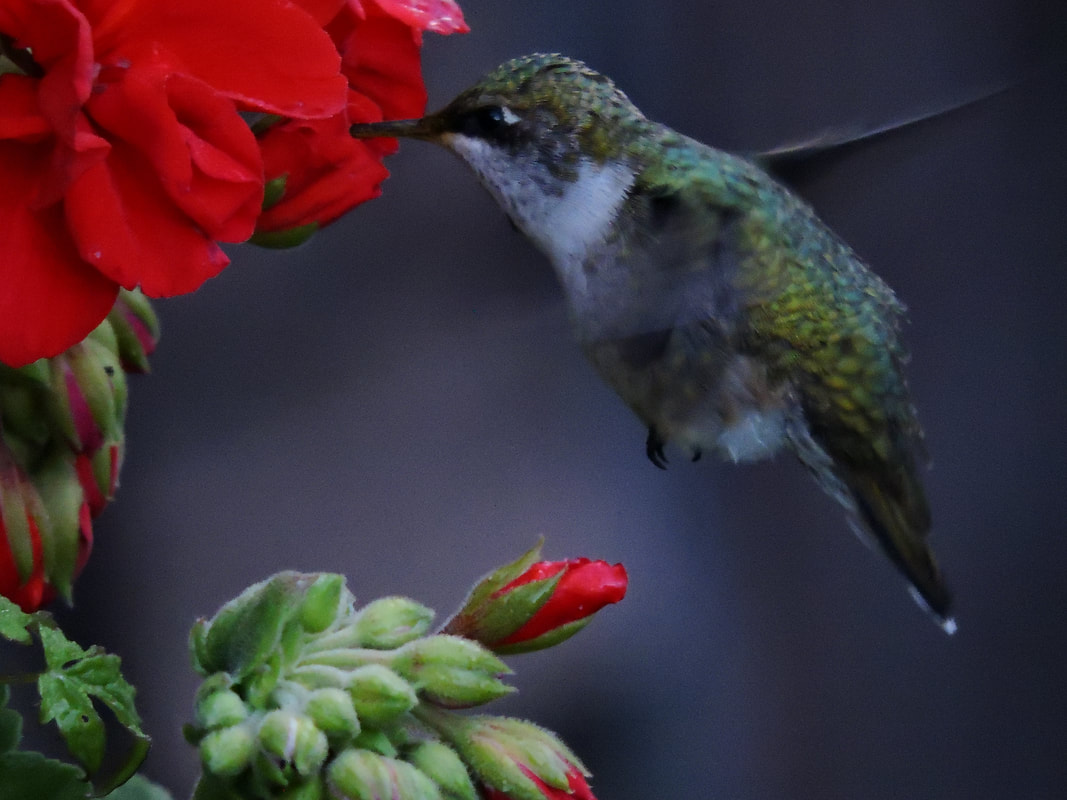
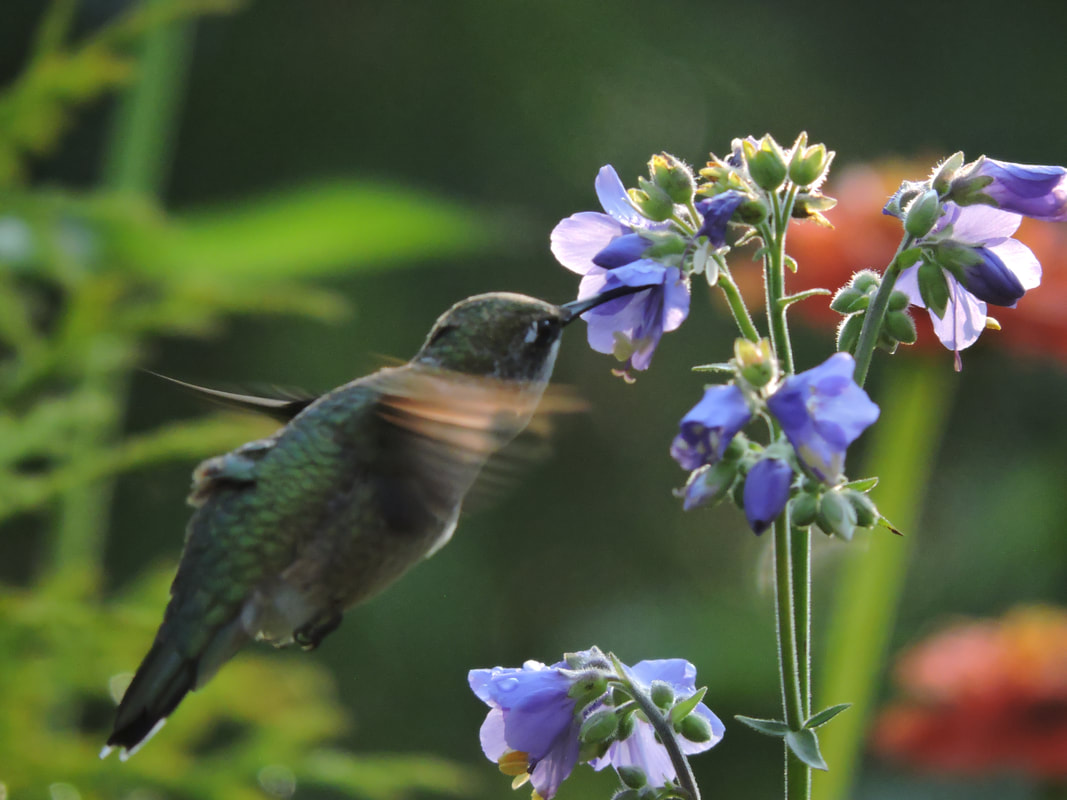
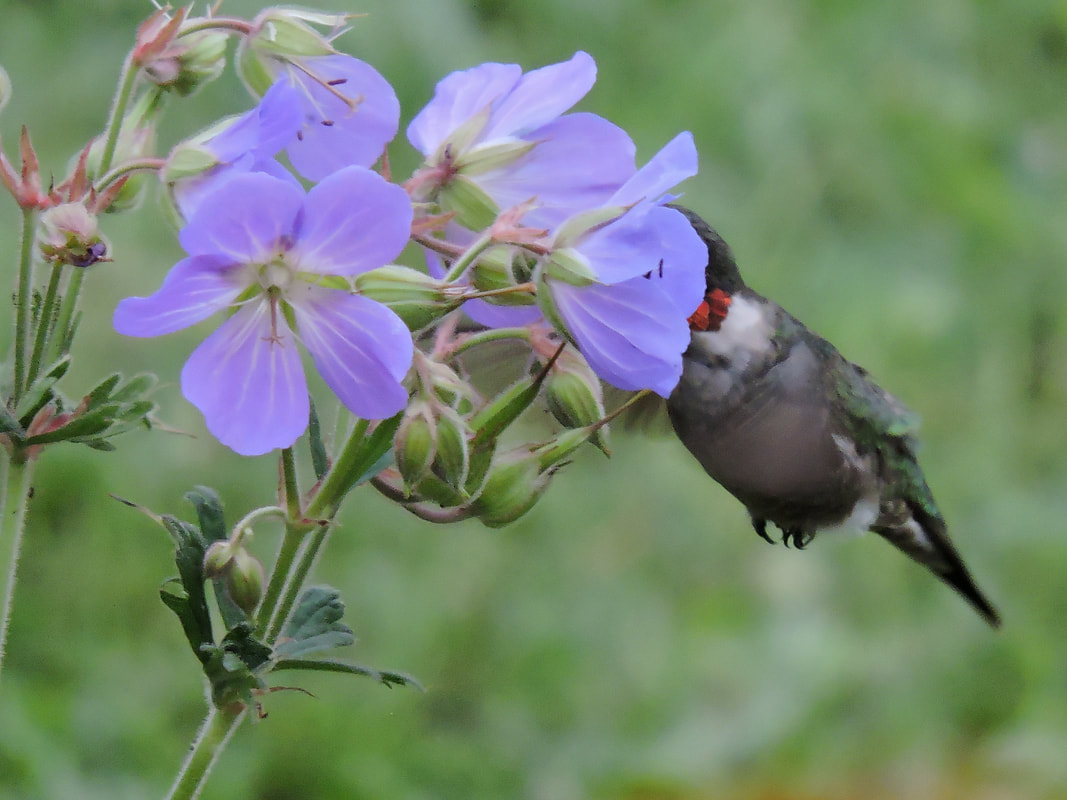
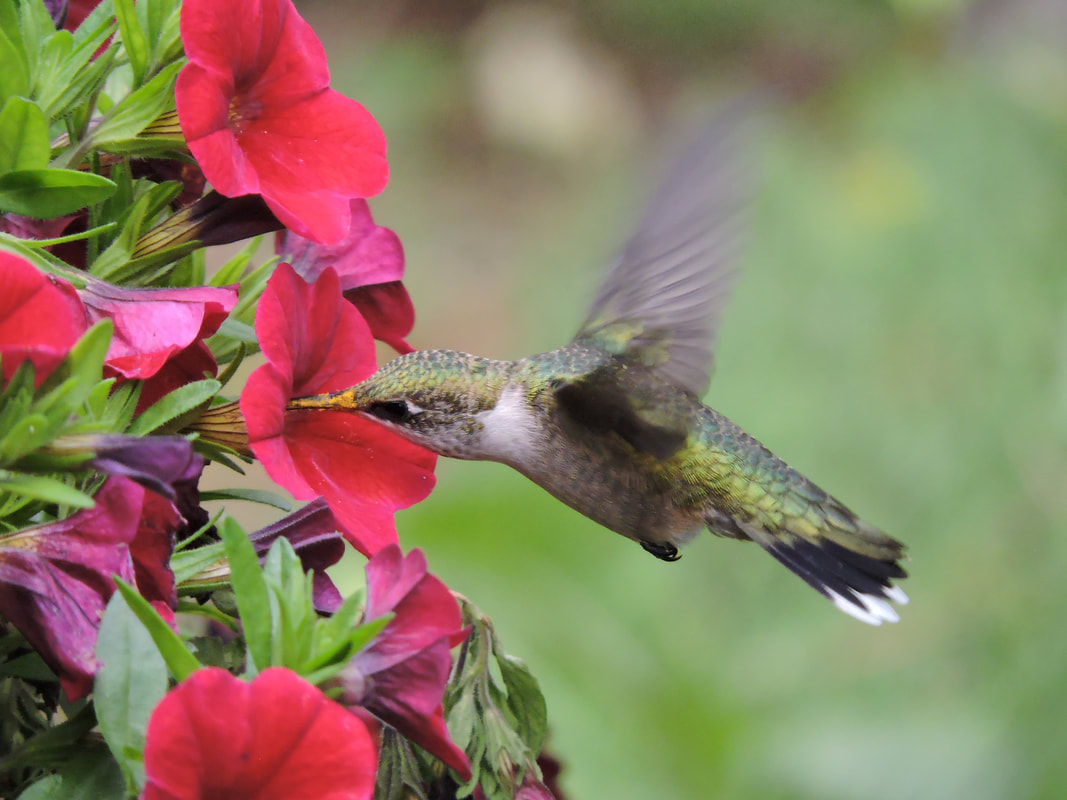
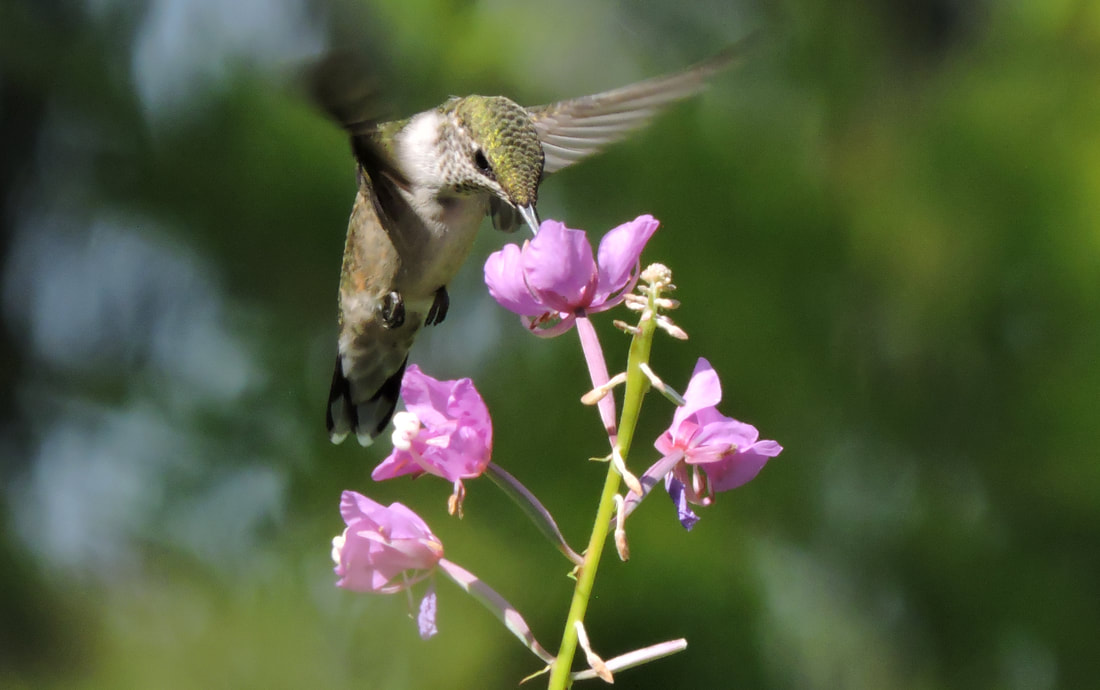
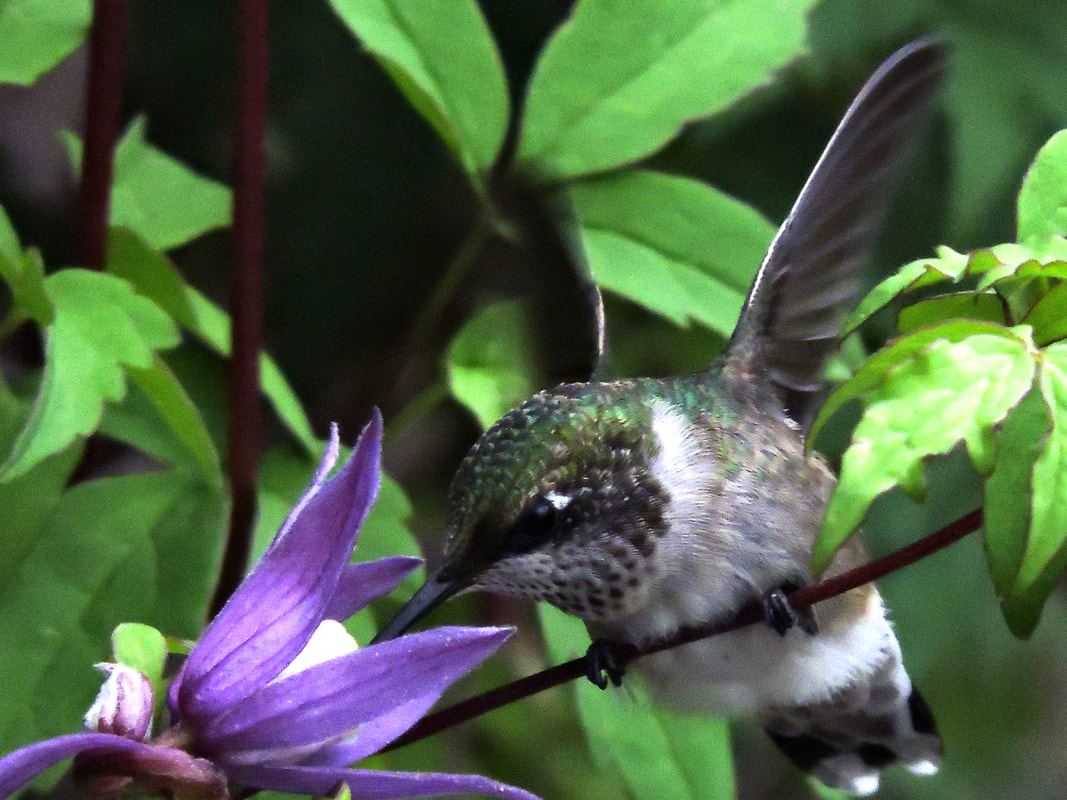
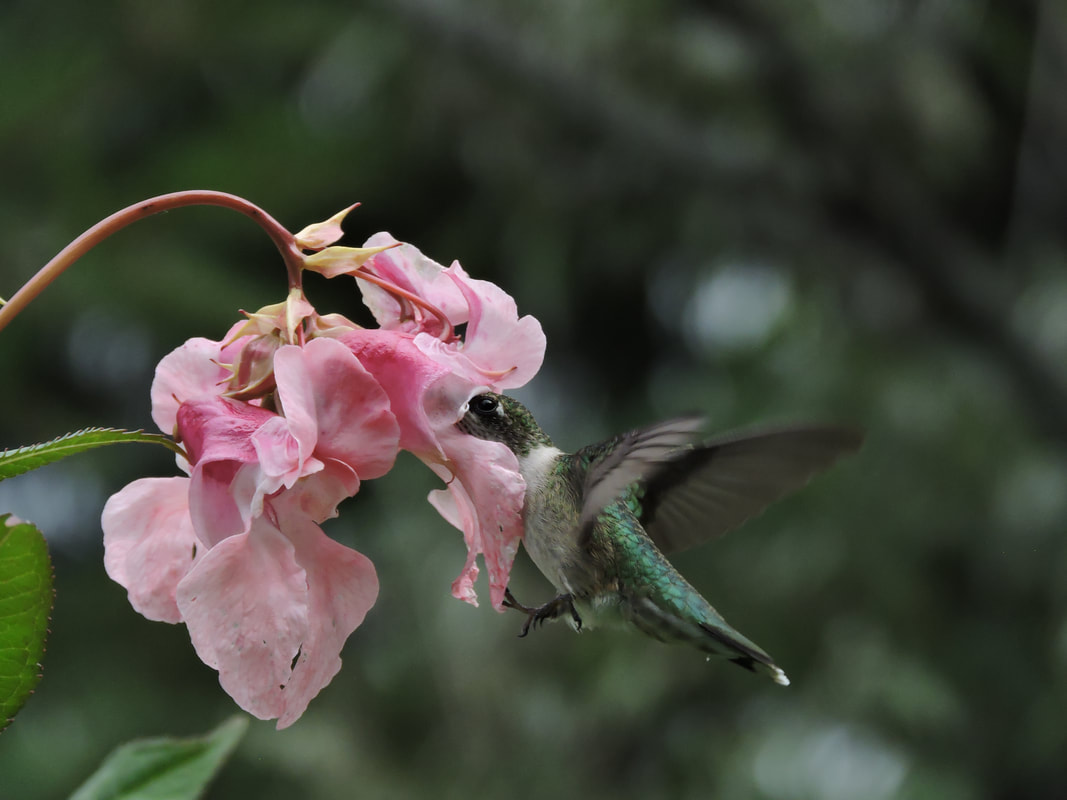
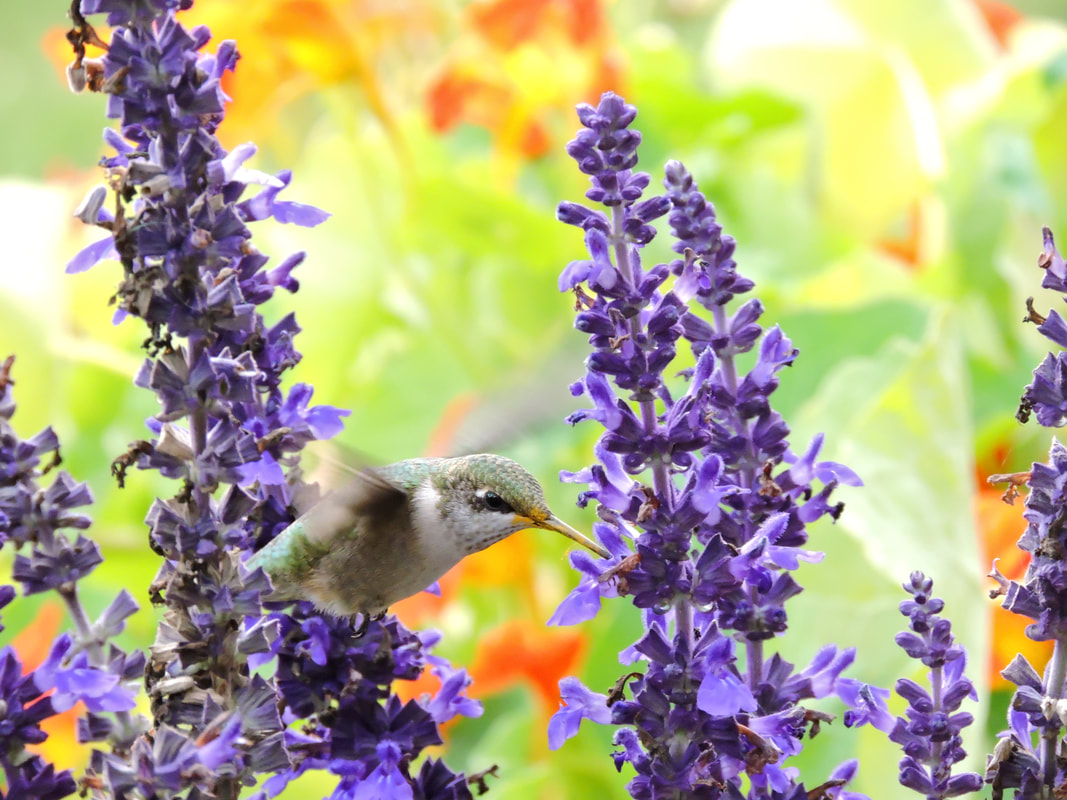
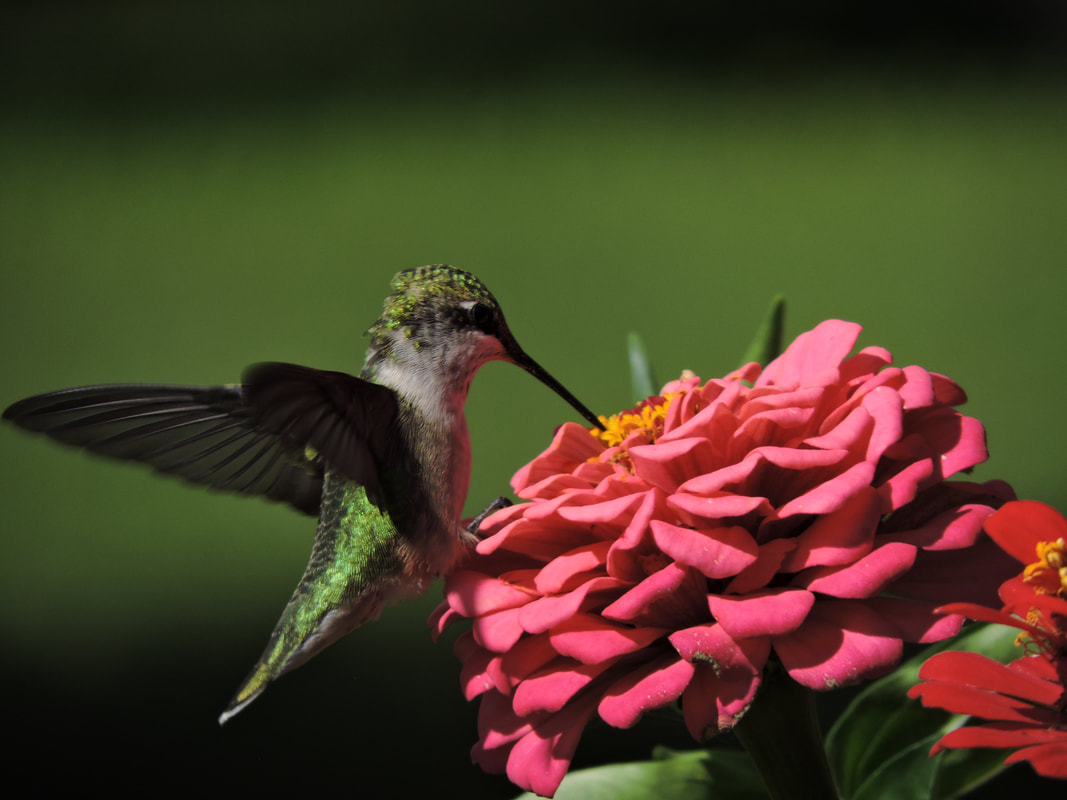
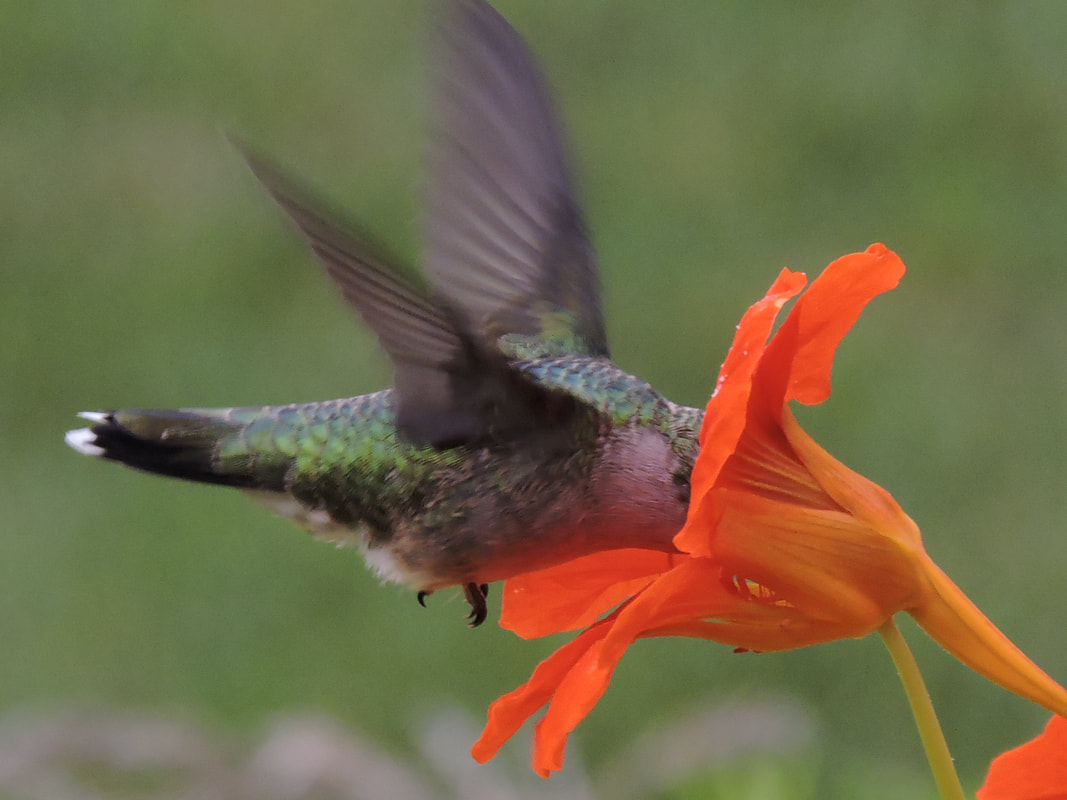
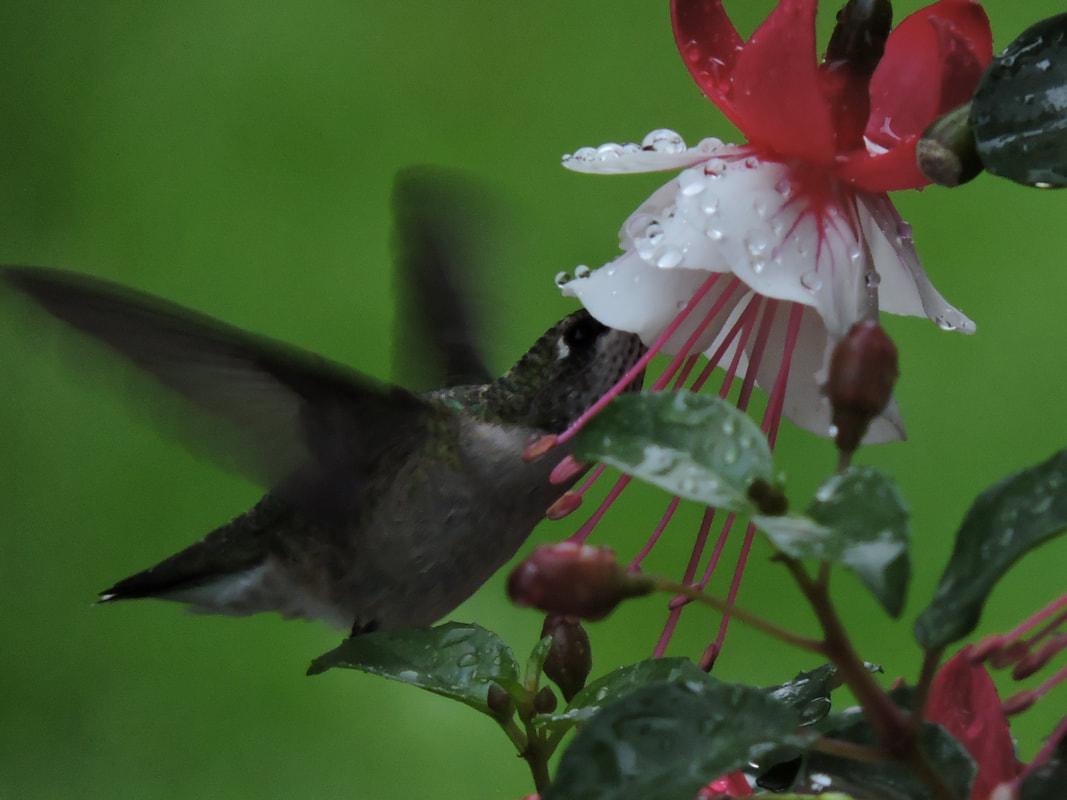
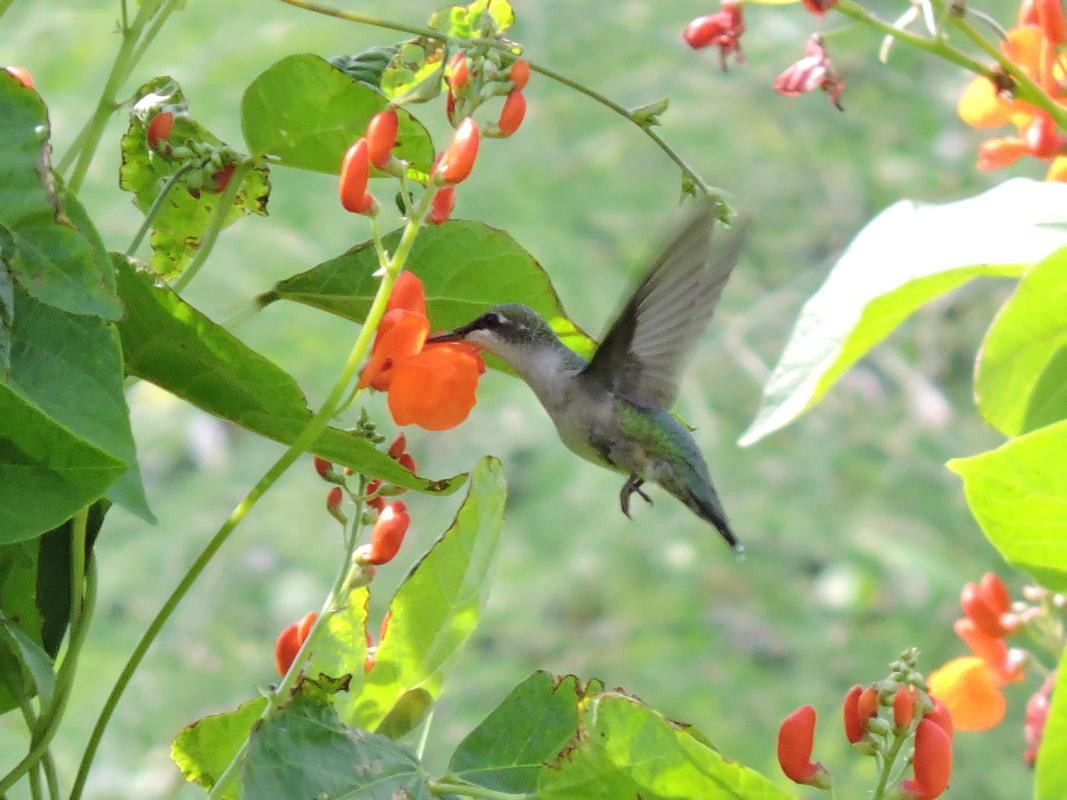
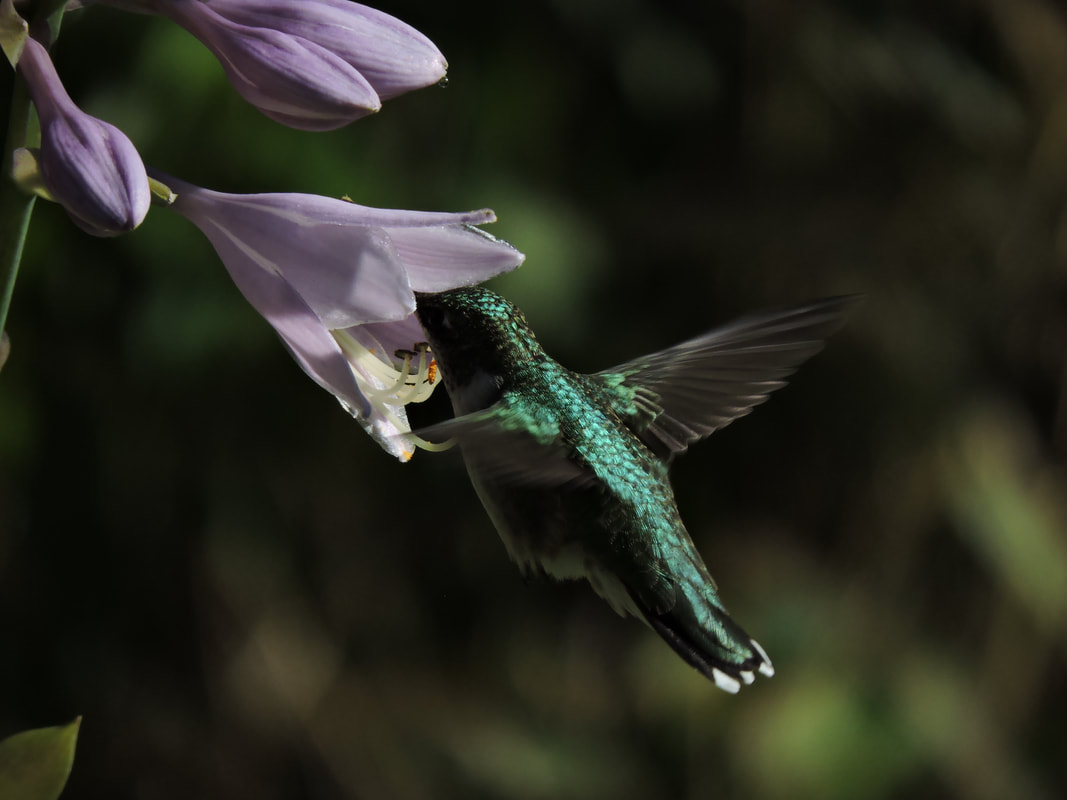
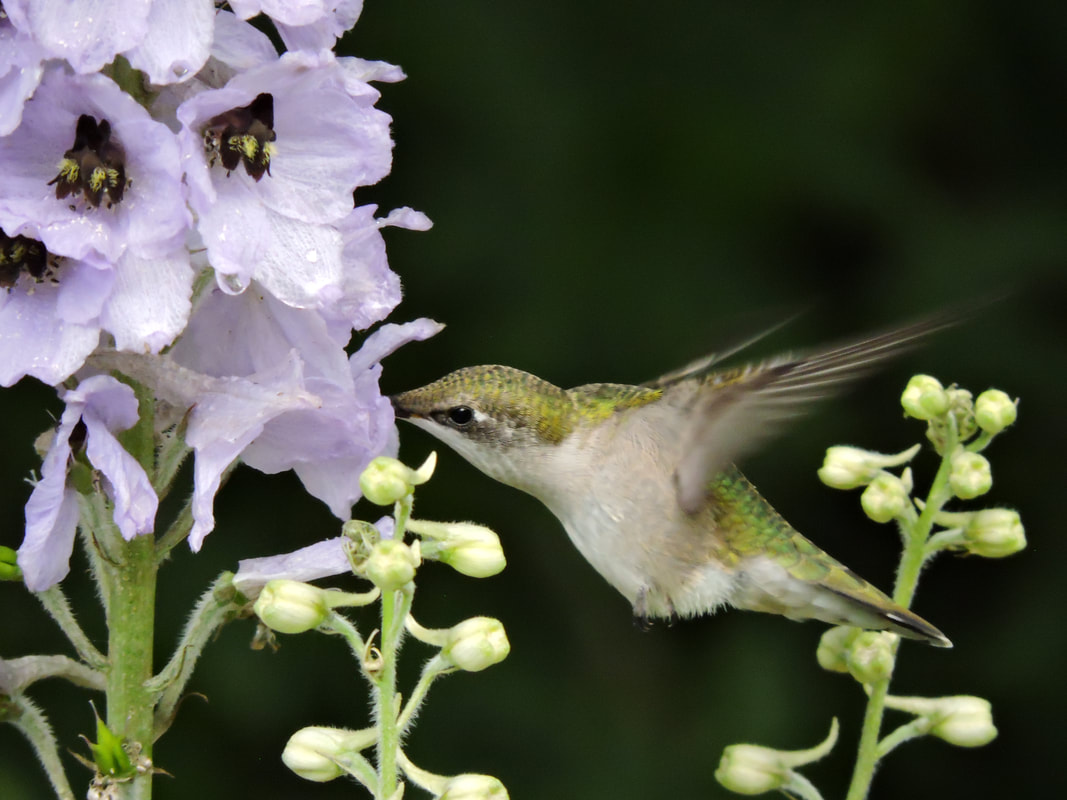
 RSS Feed
RSS Feed
